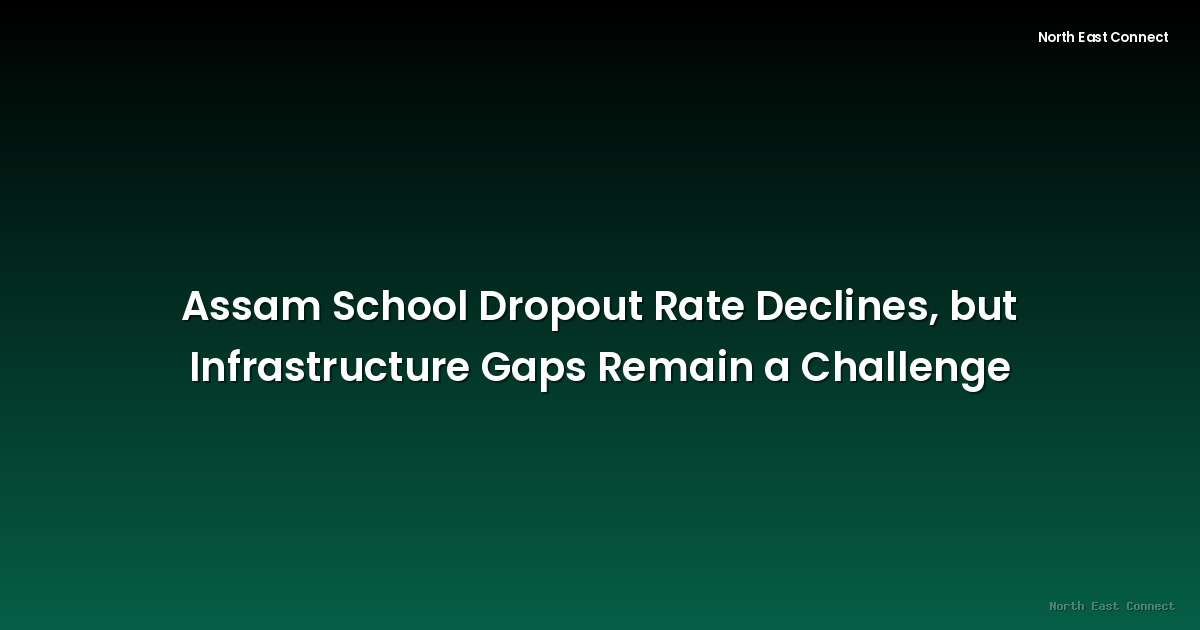2025-09-02 · News
Assam has witnessed a notable decrease in its school dropout rate, according to a recent report. While this positive development signifies progress in educational access and retention, the report also highlights significant concerns regarding the state's educational infrastructure. The improved dropout rate reflects a concerted effort by the state government and various stakeholders to improve school attendance and completion rates. This may be attributed to several factors, including increased awareness campaigns, targeted interventions for at-risk students, and potentially improved access to educational resources in some areas.
However, the report cautions that significant infrastructural challenges persist, acting as a major barrier to further progress. Many schools, particularly in rural areas, lack basic amenities such as proper classrooms, sanitation facilities, and access to clean drinking water. The shortage of qualified teachers and the inadequacy of learning materials are also identified as pressing concerns. These deficiencies disproportionately affect students from marginalized communities and exacerbate existing inequalities within the education system.
The lack of adequate infrastructure not only impacts the quality of education but also contributes to higher dropout rates among students who may be forced to drop out due to unfavorable learning conditions. For instance, the absence of proper sanitation facilities can lead to absenteeism among girls, especially during menstruation. Similarly, a lack of access to safe and reliable transportation can make it difficult for students in remote areas to attend school regularly.
The report emphasizes the urgent need for targeted investments in educational infrastructure to fully realize the potential of Assam's human capital. This includes building new schools and upgrading existing ones, providing adequate teacher training, and ensuring the availability of essential learning resources. Addressing the infrastructure gap is crucial not only to sustain the recent decline in dropout rates but also to improve overall educational outcomes and promote equitable access to education for all children in Assam.
Furthermore, the report might suggest the need for a comprehensive assessment of existing infrastructure, identifying specific needs and prioritizing interventions based on regional disparities. It may also advocate for greater transparency and accountability in the allocation and utilization of funds for educational infrastructure development. Long-term strategies that integrate community participation and address the root causes of educational disparities are likely recommended.
The positive trend in the dropout rate provides a strong foundation for continued improvement. However, sustained progress requires a multi-faceted approach that acknowledges and addresses the persistent challenges posed by inadequate infrastructure. Without significant investment and reform, the gains achieved could be jeopardized, hindering the state's overall development trajectory.







